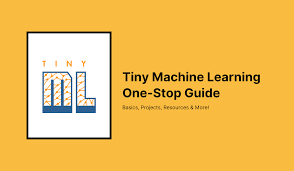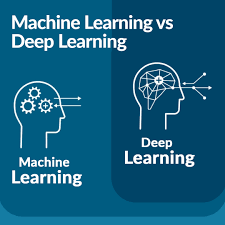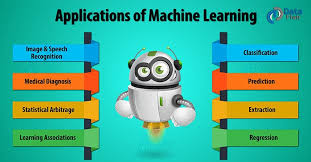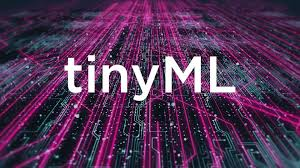The Rise of Tiny Machine Learning: Empowering Edge Devices 2024
Machine learning (ML) has significantly impacted various industries by enabling machines to learn from data and make intelligent decisions. Traditionally, ML models required heavy computational power and were processed in cloud data centers. However, with the advent of edge computing, tiny machine learning (TinyML) is gaining momentum, bringing powerful machine learning capabilities to low-power and resource-constrained devices.
What is Tiny Machine Learning (TinyML)?

TinyML refers to the deployment of machine learning models on small, power-efficient devices, such as microcontrollers and single-board computers. The goal is to run ML models directly on the edge devices without the need to send data to the cloud for processing, thus improving performance, reducing latency, and enhancing privacy.
Key Features of TinyML Devices:
- Single Board Computers (SBCs):
- These devices offer powerful processors and memory.
- They can run full operating systems, such as Linux, and support graphical user interfaces.
- SBCs like Raspberry Pi can handle larger ML models but require more power.
- Microcontrollers:
- These are less powerful but highly efficient.
- They often run a bare-metal or real-time operating system (RTOS).
- Microcontrollers are more suitable for low-power applications, making them ideal for edge ML tasks like sensor data processing.
Machine Learning vs. Deep Learning

While machine learning (ML) and deep learning (DL) are often used interchangeably, they have distinct differences:
- Machine Learning (ML):
- A subfield of artificial intelligence (AI) focused on algorithms that learn from data to solve problems. ML algorithms identify patterns and make predictions based on data.
- Deep Learning (DL):
- A subset of ML that uses neural networks with multiple layers (hence, “deep”) to model complex patterns in large datasets. DL requires vast amounts of data and computing power, making it more suitable for high-performance systems like GPUs or TPUs.
Applications of Machine Learning

Machine learning is used in a variety of applications that impact our daily lives. Some notable examples include:
- Image Classification: Identifying objects or people in images.
- Object Detection: Locating objects in images or videos.
- Segmentation: Dividing an image into meaningful parts for analysis.
- Machine Translation: Automatically translating text between languages.
- Recommendations: Suggesting products or services based on user behavior.
TinyML: A Game-Changer for Edge Devices

The key advantage of TinyML is its ability to bring machine learning capabilities directly to the devices, enabling real-time predictions and minimizing the need for cloud-based processing. TinyML brings various benefits, especially in the context of Internet of Things (IoT) devices:
- Low Power Consumption: TinyML models are optimized to run on devices with limited resources, using minimal power.
- Reduced Latency: By processing data locally on the device, TinyML reduces the time it takes to generate predictions, providing faster results compared to cloud-based processing.
- Enhanced Privacy: Since data does not need to be sent to the cloud, TinyML ensures better privacy and security by keeping sensitive information on the device.
Challenges of TinyML
Despite its many benefits, TinyML comes with its own set of challenges:
- Limited Resources: Edge devices like microcontrollers have limited processing power and memory, making it challenging to deploy large, complex models.
- Model Optimization: To run efficiently on small devices, ML models must be optimized through techniques like pruning, quantization, and compression.
- Energy Efficiency: Energy consumption remains a key concern, especially for battery-powered devices that need to run ML models for extended periods.
The Future of TinyML
With the explosive growth of IoT devices and the vast amounts of data they generate, TinyML is poised to play a critical role in making intelligent devices more autonomous and responsive. By enabling ML on the edge, TinyML opens up opportunities for applications like real-time predictive maintenance, smart homes, healthcare monitoring, and more.
As the field continues to evolve, advancements in hardware, software optimization, and model compression techniques will pave the way for even more powerful and efficient TinyML solutions.
Conclusion
Tiny Machine Learning is revolutionizing how we think about machine learning by enabling powerful AI models to run directly on edge devices. With applications spanning across industries like healthcare, smart homes, and automotive, TinyML is set to make a lasting impact on the way we interact with the world around us.
Let me know if you’d like any changes or further details added!